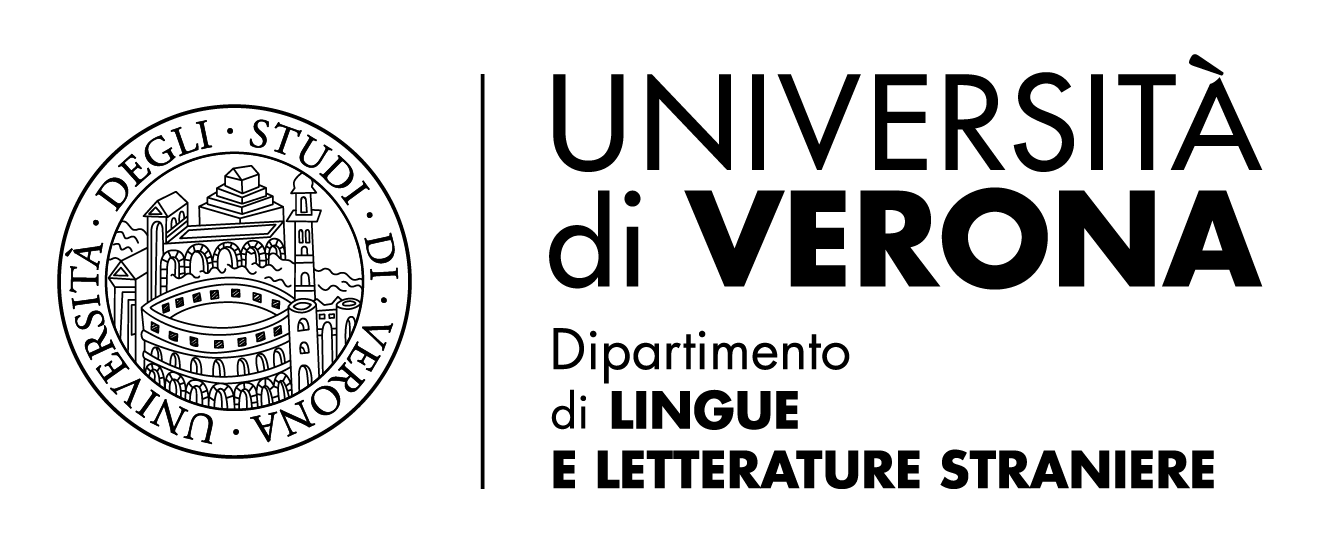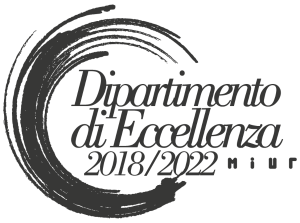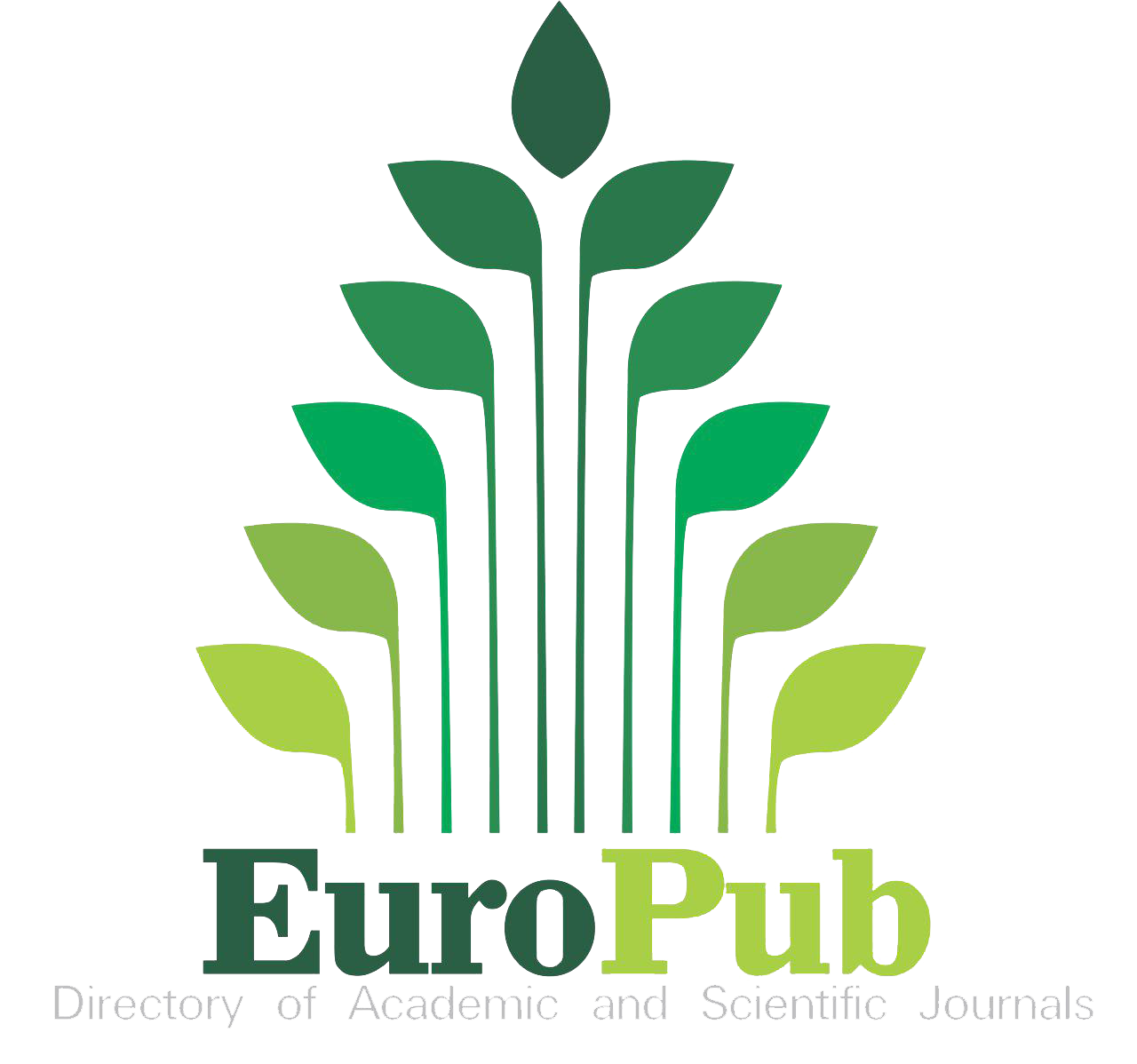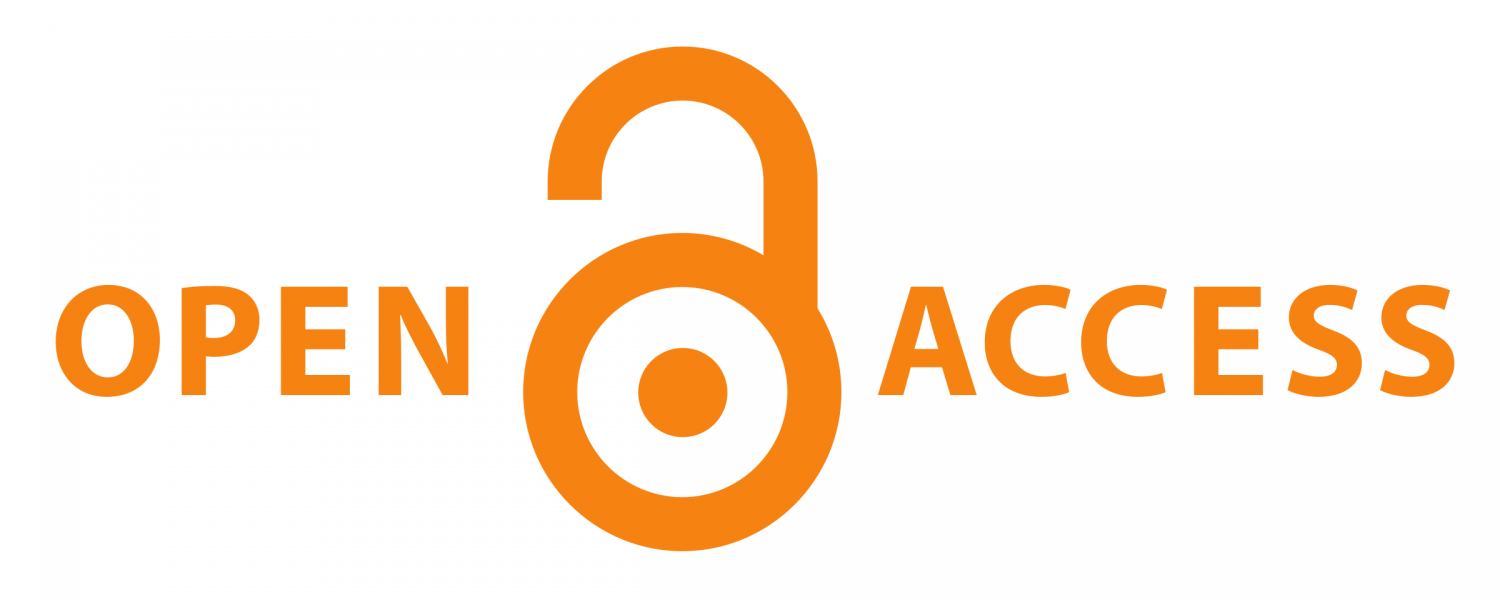Investigating Transparency in Corporate Discourse about Safety
DOI:
https://doi.org/10.13136/2281-4582/2025.i25.1570Parole chiave:
Corporate communication, Transparency, Sea transport industry, Webpages, CSR reportsAbstract
Transparent communication is key to corporate reputation. Although greater public awareness has obliged firms to take a more proactive approach to transparent communication and disclosure, transparency remains an elusive concept and difficult to verify. This paper explores the characteristics of language which can act as indicators of transparency and focuses on the information about safety at sea provided by cruise and ferry operators in the relevant sections of the companies’ websites and their corporate reports. Following Schnackenberg and Tomlinson’s (2016) classification of the three dimensions of transparency, namely Disclosure, Clarity and Accuracy, the analysis adopts an eclectic, primarily qualitative approach to identify the linguistic and rhetorical features that contribute to or hinder transparency. The study takes into consideration the cognitive strategies adopted in the transfer of specialised and technical knowledge from expert to non-expert, which may give insight into the way information is rendered understandable and hence more transparent from the point of view of clarity. Another line of analysis is the use of vagueness, which could appear to move the discourse in the opposite direction, towards ambiguity, or even opaqueness. Whilst various rhetorical devices, such as cognitive strategies and FAQs, are found to enhance transparency, vagueness and highly evaluative language, typical of corporate communication, may impair it. The overall results of the analysis suggest that it is easier to identify the characteristics of the lack, rather than the presence, of transparency.
Riferimenti bibliografici
Ball, Carolyn. “What is Transparency?” Public Integrity 11.4 (2009): 293-307.
Breeze, Ruth. Corporate Discourse. London: Bloomsbury, 2013.
Calsamiglia, Helena and Teun A. van Dijk. “Popularization Discourse and Knowledge about the Genome.” Discourse and Society 15.4 (2004): 369-389.
Christensen, Lars T. and George Cheney. “Peering into Transparency: Challenging Ideals, Proxies and Organisational Practices.” Communication Theory 25.1 (2015): 70-90.
Ciapuscio, Guiomar E. “Formulation and Reformulation Procedures in Verbal Interactions between Experts and (Semi-)laypersons.” Discourse Studies 5.2 (2003): 207-233.
Coombs, W. Timothy and Sherry J. Holladay. “The Pseudo-Panopticon: The Illusion Created by CSR-related Transparency and the Internet.” Corporate Communication: An International Journal 18.2 (2013): 212-227.
Entman, Robert. “Framing: Toward Clarification of a Fractured Paradigm.” Journal of Communication 43.4 (1993): 51-58.
Fisher, Jolene and Toby Hopp. “Does the Framing of Transparency Impact Trust?: Differences between Self-Benefit and Other-Benefit Message Frames.” International Journal of Strategic Communication 14.3 (2020): 203-222.
Fuoli, Matteo and Carita Paradis. “A Model of Trust-Repair Discourse.” Journal of Pragmatics 74 (2014): 52-69.
Gülich, Elisabeth. “Conversational Techniques Used in Transferring Knowledge between Medical Experts and Non-Experts.” Discourse Studies 5.2 (2003): 235-263.
Heise, J. Arthur. “Toward Closing the Confidence Gap: An Alternative Approach to Communication between Public and Government.” Public Administration Quarterly 9.2 (1985): 196-217.
Higgins, Colin, Samuel Tang and Wendy Stubbs. “On Managing Hypocrisy: The Transparency of Sustainability Reports.” Journal of Business Research 114 (2020): 395-407.
Jin, Bixi. “A Corpus-Assisted Study of Vague Language in Corporate Responsibility Reports of the Cosmetics Industry.” Ibérica 43 (2022): 77-102.
Koskela, Merja, Mona Enell-Nilsson and Cecilia Hjerppe. “Texts Complying with Societal Pressures: Changing Genres in Finnish Companies’ CSR Reporting.” Nordic Perspectives on the Discourse of Things. Edited by Catharina Nyström Höög, Henrik Rahm and Gøril Thomassen Hammerstad. Cham: Palgrave Macmillan, 2023. 45-69.
Lim, Wooyoung and Qinggong Wu. “Vague Language and Context Dependence.” Frontiers in Behavioral Economics 2 (2023): 1-14.
Rawlins, Brad. “Give the Emperor a Mirror: Toward Developing a Stakeholder Measurement of Organisational Transparency.” Journal of Public Relations Research 21.1 (2009): 71-99.
---. “Measuring the Relationship Between Organisational Transparency and Employee Trust.” Public Relations Journal 2.2 (2008): 1-21.
Schnackenberg, Andrew K. and Edward C. Tomlinson. “Organisational Transparency: A New Perspective on Managing Trust in Organisation-Stakeholder Relationships.” Journal of Management 42.7 (2016): 1784-1810.
Seidlhofer, Tina and Daniel Tolstoy. “How Employees Shape CSR Transparency: A Sensemaking Perspective.” Journal of Business Research 150 (2022): 268-278.
Wehmeier, Stefan. “Transparency.” The International Encyclopedia of Strategic Communication. Edited by Robert Heath and Winni Johansen. Hoboken: Wiley-Blackwell, 2018. 1658-1667.
Zhang, Grace. Vague language, Elasticity Theory and the Use of “Some”: A Comparative Study of L1 and L2 Speakers in Educational Settings. London: Bloomsbury Publishing, 2018.
Dowloads
Pubblicato
Fascicolo
Sezione
Licenza
Copyright (c) 2025 Giuliana Diani, Judith Anne Turnbull

Questo volume è pubblicato con la licenza Creative Commons Attribuzione 4.0 Internazionale.
Iperstoria è una rivista accademica ad accesso libero.
a. Gli autori e le autrici detengono il copyright e danno alla rivista il diritto per la prima pubblicazione con il contributo sotto licenza Creative Commons BY (4.0) che permette di condividere l’articolo con il riconoscimento della prima pubblicazione su questa rivista.
b. Gli autori e le autrici possono inoltre stabilire ulteriori direttive contrattuali per la distribuzione non esclusiva della versione del contributo pubblicata sulla rivista (es. ripubblicarlo in archivi istituzionali o in un volume), con uno specifico riconoscimento della prima pubblicazione su questa rivista. Chiediamo pertanto agli autori e autrici di contattarci nel caso di eventuali ripubblicazioni.






